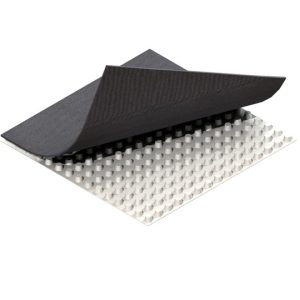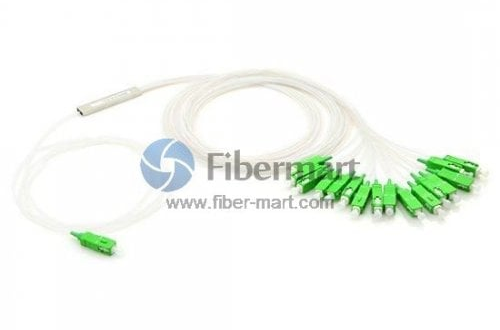Light Sensor: Definition and Functionality

# Light Sensor: Definition and Functionality
## What is a Light Sensor?
A light sensor is an electronic device that detects and measures the intensity of light in its surroundings. It converts light energy into an electrical signal, which can then be processed and utilized by other electronic components or systems. Light sensors are commonly used in various applications, from simple automatic lighting systems to complex industrial automation processes.
## How Does a Light Sensor Work?
Light sensors operate based on the principle of photoelectric effect. When light photons strike the sensor’s surface, they generate electrical charges that can be measured. The most common types of light sensors include:
– Photoresistors (LDRs): Change resistance based on light intensity
– Photodiodes: Convert light into current or voltage
– Phototransistors: Amplify the light-induced current
– Ambient light sensors: Measure surrounding light levels
## Key Functionality of Light Sensors
Light sensors serve several important functions in modern technology:
– Automatic brightness adjustment in displays and screens
– Energy-saving lighting control in smart buildings
– Security systems that detect changes in light conditions
– Agricultural applications for monitoring plant growth conditions
– Photography equipment for exposure control
## Applications of Light Sensors
The versatility of light sensors has led to their widespread adoption across various industries:
– Consumer electronics (smartphones, tablets, TVs)
– Automotive systems (automatic headlights, dashboard lighting)
– Industrial automation (quality control, sorting systems)
– Environmental monitoring (weather stations, pollution detection)
– Healthcare devices (pulse oximeters, medical imaging)
## Advantages of Using Light Sensors
Light sensors offer numerous benefits that make them essential components in modern technology:
– Energy efficiency by optimizing light usage
– Enhanced user experience through automatic adjustments
– Improved safety in various applications
– Cost-effective solution for many automation needs
– Compact size and low power consumption
## Future Developments in Light Sensor Technology
As technology advances, light sensors continue to evolve with new capabilities:
– Integration with IoT devices for smarter environments
– Improved accuracy and sensitivity
– Miniaturization for wearable technology
– Development of multi-spectral sensors
– Enhanced durability for harsh environments
Light sensors will likely play an increasingly important role in our connected world, enabling more intelligent and responsive systems across all aspects of daily life.
Keyword: what is light sensor


